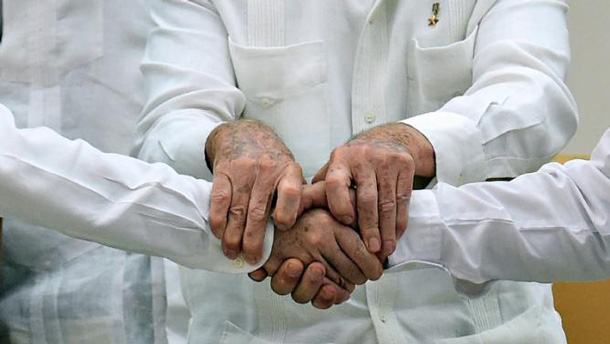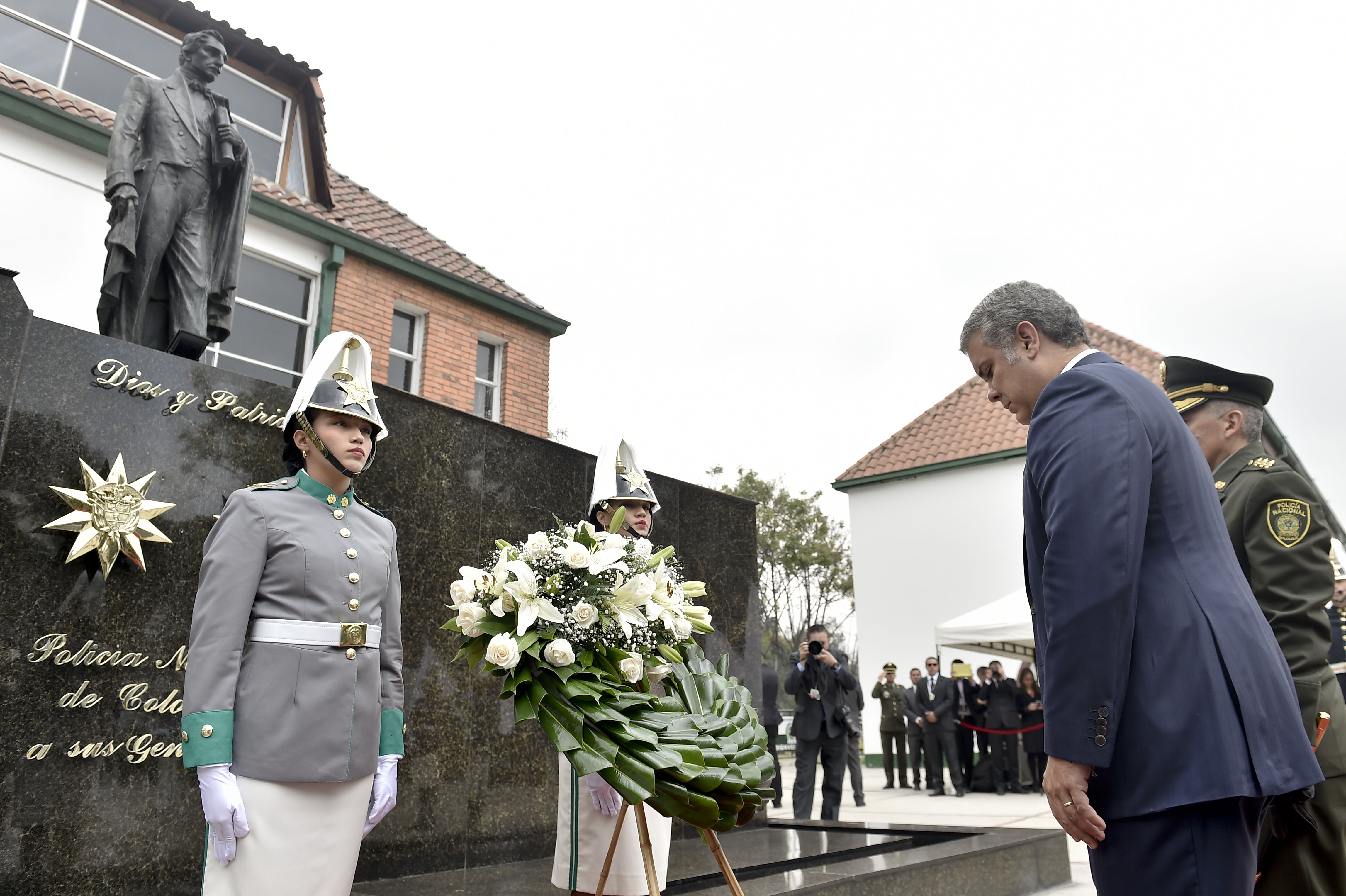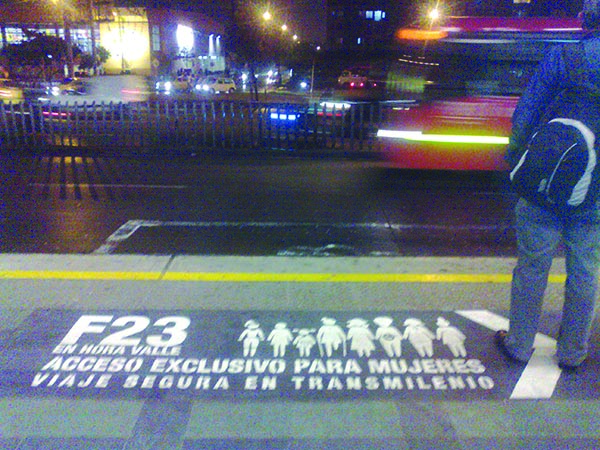 The government’s judicial reform initiative is likely to be at the center of controversy for the next few months. At the crux of the issue is the ongoing judicial proceedings against former President and sitting senator Álvaro Uribe, who has repeatedly questioned the court and often openly chastised magistrates, challenging the independence of powers. Proposals by members of the Centro Democrático to reform the court system–portrayed as attempts to make the judicial system more efficient and transparent–have a common denominator: saving Uribe.
The government’s judicial reform initiative is likely to be at the center of controversy for the next few months. At the crux of the issue is the ongoing judicial proceedings against former President and sitting senator Álvaro Uribe, who has repeatedly questioned the court and often openly chastised magistrates, challenging the independence of powers. Proposals by members of the Centro Democrático to reform the court system–portrayed as attempts to make the judicial system more efficient and transparent–have a common denominator: saving Uribe.
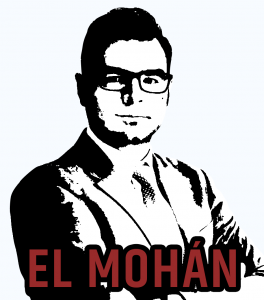 The government on September 13 introduced a bill that seeks to reform the judicial system, an effort the last two presidents attempted and failed. The bill, presented by the Justice Minister Gloria María Borrero, proposes to modify the electoral powers of the Courts and put limits on the figure of tutela, a right of injunction to protect an individual’s constitutional rights. Despite being a priority for the government, the reform may cause conflicts between the high courts and Congress.
The government on September 13 introduced a bill that seeks to reform the judicial system, an effort the last two presidents attempted and failed. The bill, presented by the Justice Minister Gloria María Borrero, proposes to modify the electoral powers of the Courts and put limits on the figure of tutela, a right of injunction to protect an individual’s constitutional rights. Despite being a priority for the government, the reform may cause conflicts between the high courts and Congress.
The judicial reform is divided into three parts: 1) improving the transparency; 2) improving the efficiency; and 3) reforming due process. The subtitles make it sound really awesome, who wouldn’t want to reform the judicial system along those three themes? The devil as usual, lies in the details.
Reforming justice
The first part of the reform seeks to give Congress the competence to elect the Public Prosecutor, the General Auditor and the Registrar through a public process – this is meant to give the process greater integrity as it would make public the list of candidates and promote a debate in Congress for their election. However, the recent election of the Comptroller General serves as a litmus test for this, hidden interests and political allegiances will greatly determine candidates’ probity for these positions.
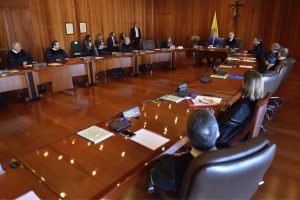
President Iván Duque speaks with the Supreme Court on the future of the justice system in the country. Photo courtesy of @CorteSupremaJ
However, this point in the reform also intends to curb the ability of current members of the court to “recommend” friends and relatives to positions in other departments of the judicial branch – a fairly common practice today. Another section in this part of the reform, also increases the qualifications to aspire to become a magistrate in the high courts. Candidates must have an accumulated experience of over 20 years and their nomination must undergo public scrutiny through public hearings. Finally, the first part of the reform attempts to create an independent disciplinary organ in the judicial system for judges and magistrates accused of wrongdoing.
The second part of the reform is about making the judicial system more efficient. It attempts to improve coordination between the high courts, the attorney general and the lower courts by creating an inter-institutional commission. The reform aims to create a commission for Career Judicial Servants, to better control and regulate the judicial system employee base, which is often accused of nepotism and corruption. Finally, the second part of the reform guarantees the budget for the judicial system, to grow at a fixed rate per year, to be established by the national development plan every four years and independent of Congress.
The third, and final part of the reform makes changes to due process. In particular regarding modifications to the tutela, the mechanism most used by Colombians to enforce their constitutional guarantees and make claims that must be resolved promptly before the violation of constitutional rights.
The tutela has been the object of controversy due to the legal uncertainty that it creates when its rulings imply costs for the companies. However, tutela rulings have also saved lives and guaranteed essential services to citizens, who, had they resorted to the ordinary course of justice, would have resulted in extensive and costly litigation.
The reform seeks to do four things
- Establish the legitimacy of the party filing the injunction,
- Modify the response time,
- Guarantee that the injunction is filed before the competent court and,
- for tutela rulings not to immediately modify laws in the books.
Finally, the point of this reform attempts to bring further discipline to the judiciary to only communicate the rulings once they have been signed by all magistrates and have been duly logged by the court.
Et tu, Uribe?
Let’s be clear, the reform, as presented by the government has a mix of good and bad. We are far from over. Three separate projects to reform the judiciary were introduced to Congress. In addition to the government’s proposal, there was a proposal from Cambio Radical Party and another from the Centro Democrático party. Both proposals combine elements of the government’s proposal with original twists and ideas. As Congress has the final say in the passage of the reform, there will be plenty of opportunities for members of Congress to insert modifications to the government’s version.
The reform comes at a particularly sensitive time when members of Congress are being investigated before the courts for crimes of the utmost gravity such as electoral rigging, vote-buying, parapolitics, illegal interceptions and witness tampering among others.

Photo: CIAT CC BY-SA 2.0
The controversy has also increased as a result of an additional proposal from Centro Democrático that wants Congress to approve the investigations and inquiries on its members; that is, to revive parliamentary immunity. This is an overt conflict of interest as former president Uribe–the leader of the Democratic Center and a vocal critic of the court–is currently under investigation on a witness tampering case. The proposal by the Democratic Center would also eliminate the Supreme Court of Justice and the Council of State, assigning their functions to other courts. This is by no means improvisation. Uribe had in March proposed this measure, in spite of then candidate Iván Duque’s objections.
Proponemos una sola Corte para recuperar la confianza y la credibilidad en la Justicia pic.twitter.com/AvaxUeenYX
— Álvaro Uribe Vélez (@AlvaroUribeVel) 19 March 2017
The backlash to the proposal presented last week did not wait. Many politicians, analysts, and observers criticized the proposal as an overt attempt to throw a wrench in the cog of the President’s proposal to reform the judiciary. Furthermore, it displayed openly the seemingly widening divide there is between Duque as president, and Centro Democrático as ruling party. Uribe, never slow to reformulate his strategy, decided that retreating was the best approach.
For now at least. He threw his support behind the government’s proposal but made sure to call the proposal by Senator Paloma Valencia a magnificent one.
What’s next
The judicial reform proposed by the Government, as introduced to the Congress two weeks ago, will run its due course. However, it will be modified in the course of its legislative journey. Not all the modifications will be as radical as those proposed by Centro Democrático, which withdrew them because of the rejection that it caused in public opinion, as well as the notorious conflicts of interest the proposal contains. The changes may be slight and substantive. Either way, during the course of the debate the government will surely run into the same legislative roadblocks and setbacks its predecessors encountered. Ultimately, what will come out will certainly look different than what went in. For now though, we get to sit back and watch!
Sergio Guzmán is the Director of Colombia Risk Analysis, a political risk consulting firm based in Bogotá. Follow him on twitter @serguzes and @ColombiaRisk
This opinion column is intended as a space to discuss some of the most pressing issues faced by Colombia and the region in these uncertain times. All opinions and content are solely the opinion of the author and do not represent the viewpoints of The Bogotá Post.
*El Mohán is a Colombian mythological figure. He is described as a hairy humanoid figure associated with natural forces such as great rivers and the mysteries lying within the forests. It is said, El Mohán was a shaman who had an anticipated vision of the arrival of the Spanish conquerors and the terrors they brought along.

